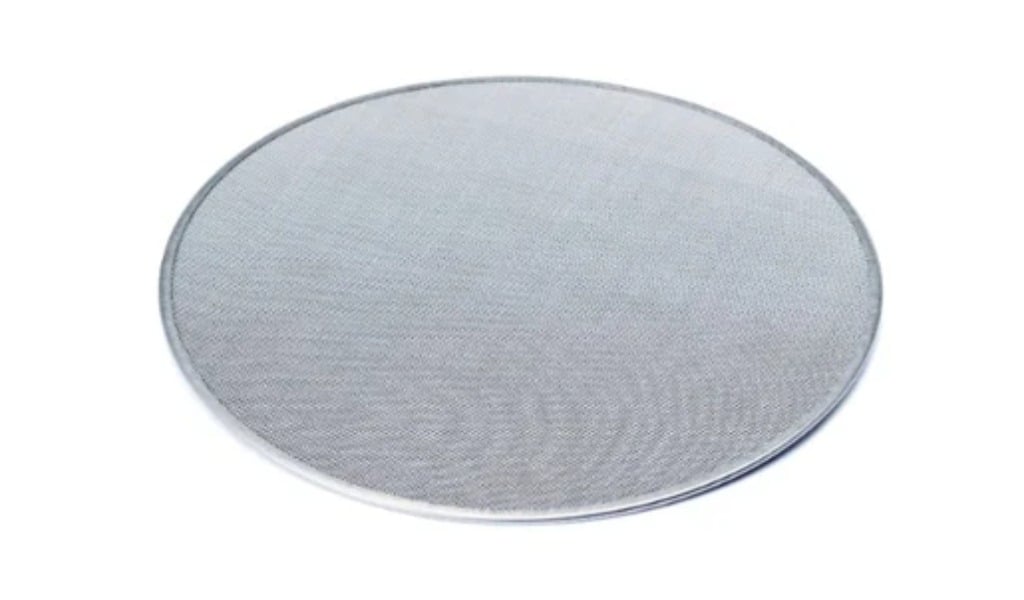What Is Chromatography? (Definition, Process, & Solution)
Chromatography is a dynamic industry that plays an integral role in a wide range of applications and industries. Relying on precision and reliability, it is the unsung hero behind a lot of the products we use daily.
As it is crucial to advancing modern science, you must strive to innovate your process continuously. This requires you to have a complete comprehension of chromatography as a practice, as well as what materials you can utilize to yield accurate and repeatable results.
W.S. Tyler is dedicated to creating a cleaner, safer world by being at the forefront of revolutionizing the way chromatography is conducted.
And with that, we wrote the following article to break down the ins and outs of chromatography to provide insight into how you can take your process to greater heights. It will cover:
- The definition of chromatography
- The importance of chromatography
- How chromatography is conducted
- How woven wire is used in chromatography
What Is Chromatography?
Chromatography is a scientific practice that involves isolating the various components that make up a given mixture. The process involves using a carrying agent, typically a liquid or gas, to carry the mixture at different speeds through a solid stationary phase.
The variating speeds allow for accurate and dependable separation.
There are various forms of chromatography, including paper chromatography, liquid chromatography, gas chromatography, thin-layer chromatography, high-performance chromatography, size-exclusive chromatography, and ion exchange chromatography. The chromatography method that is right for you is determined by the properties of the mixture you are separating.
What Is Chromatography Used For?
Chromatography is a popular practice that is used in various applications such as environmental testing, biochemistry, forensics, and pharmaceutics. But how exactly does it benefit us?
Well, in certain applications, it provides insight into the purity of the mixture. In others, it is used to verify compliance with industry standards.
It can even be used to isolate a specific element, either for manufacturing purposes or forensics.
That said, no matter the application, it is a critical step in analyzing and understanding complex mixtures. The findings obtained through chromatography can be pinnacle to scientific theories and the development of various products.
How Does Chromatography Work?
All chromatography methods follow similar fundamental functions. The mixture being broken down is carried via a mobile phase through a stationary phase.
As the mixture passes, the different elements react differently with the stationary medium. The elements with a higher affinity take longer to pass, meaning the lower affinity elements pass first.
These movement variations afford clear and easy-to-read separation. That said, the level of accuracy of the process is heavily reliant on the quality and implementation of the mobile and stationary phase mediums.
Once complete, an identification and quantification analysis is conducted on each separated element.
How Does Woven Wire Fit the Chromatography Industry?
 Woven wire is a screen media made up of hundreds of individual wires that become interwoven after undergoing a heavily monitored, centuries-old weaving technique. In chromatography, it is often implemented in the form of filter plates.
Woven wire is a screen media made up of hundreds of individual wires that become interwoven after undergoing a heavily monitored, centuries-old weaving technique. In chromatography, it is often implemented in the form of filter plates.
Learn more about woven wire mesh and how it is made in the article below:
These chromatography filter plates work to stabilize the chromatography process, serving as the stationary phase and providing accurate separation.
What makes woven wire the ideal medium is its precise pore openings. These openings facilitate a uniform flow and control separation accuracy while the material's structural integrity controls pressure loads.
Now, it is essential to know that the results you yield are only as good as the mesh you use. Higher-quality woven wire affords efficient particle retention and minimizes clogging.
Efficient Chromatography Made Easy With POROSTAR®
Chromatography is a scientific technique that separates mixtures into isolated layers, exposing every element that makes it up. While there are several variants of chromatography, the desired result remains the same: to gain an understanding of complex mixtures to advance scientific theories and product manufacturing.
Now, as the material you use to conduct chromatography is vital to operational success, it is important that you explore all your options. POROSTAR®, for example, is a sintered wire mesh laminate that can deliver durability, precision, longevity, and everything in between, ensuring an efficient process.
At W.S. Tyler, we aim to help laboratories implement best-in-class woven wire components to empower your scientific endeavors through efficient chromatography.
To get more information about POROSTAR and whether or not it's right for you, read the following article:
About Ronnie Brown
Ronnie is the Content Writer for W.S. Tyler and has four years of experience as a professional writer. He strives to expand his knowledge on all things particle analysis and woven wire mesh to leverage his exceptional writing and graphic design skills, creating a one-of-a-kind experience for customers.




